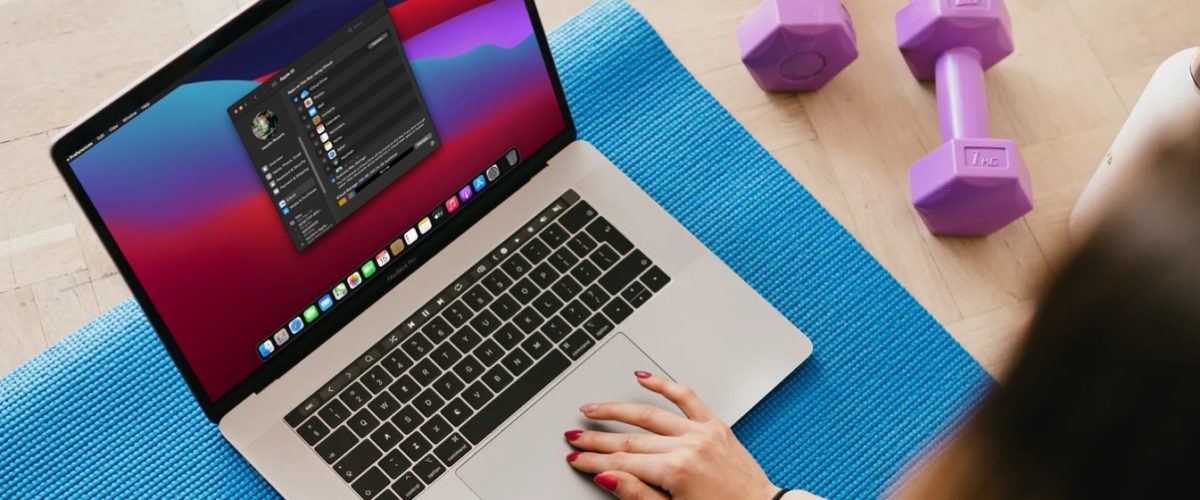

Do you want to make sure the files stored on your Mac’s desktop and in the documents folder are accessible from all your Apple devices? You can set this up pretty easily on your Mac with the help of iCloud. To be more specific, it’s an optional iCloud Drive setting in macOS, that allows you to sync your Mac desktop and documents folders to iCloud.
Considering a lot of Mac users own other Apple devices too like the iPhone and iPad, they’d want to be able to access the files stored on their computers regardless of the device they’re using. Let’s say you have a work-related document stored on your desktop, but you want to work on it from your iPad. By allowing these files to be synced with the iCloud Drive, you can seamlessly switch between devices and continue to access and make changes to files that are stored on your Mac.
Some Mac users don’t like this feature and turn it off, but it can be a really useful feature if you don’t mind your stuff being stored in iCloud.
How to Use iCloud Desktop and Documents on Mac
You don’t need to have the latest software installed since this particular option is available on all recent versions of the operating system. However, make sure you’re signed in to your Apple account before you go ahead with these steps:
- Click on the Apple menu from the upper left corner of your screen and choose “System Preferences” from the dropdown menu.


- This will launch the System Preferences panel on your Mac. Click on the your name or “Apple ID” option located to the right of your Apple account name.


- Next, head over to the iCloud section from the left pane to access your iCloud settings.


- In this menu, you need to first make sure that the iCloud Drive option is checked. Now, click on “Options” to proceed further.


- Here, check the box next to “Desktop & Documents Folders” as shown in the screenshot below and click on “Done” to save your changes.


That’s pretty much all you have to do.
Now, it could take a few minutes for iCloud to sync all the files in your Desktop and Documents folders. But, once complete, you should be able to access the content on your other Apple devices like your iPhone and iPad using the built-in Files app. Just head over to the iCloud Drive directory of the Files app and you’ll find them there.
You can make any changes that you want to these files within the Files app and they will be automatically synced across all your devices including your Mac over iCloud within seconds. Don’t forget that you need to be signed in with your Apple account on all your devices to view these files.
In the iCloud Drive options menu, you can enable or disable the syncing feature for other supported apps that are installed on your Mac too. By default, iCloud sync is enabled for apps like Mail, TextEdit, Preview, etc.
We hope you were able to make use of the iCloud Drive syncing feature to access your local Mac files from your iPhone or iPad while you’re on the move. What are your overall thoughts on this handy feature? How often do you access your Mac files on other devices? Don’t forget to share your experiences and leave your valuable feedback in the comments section down below.










